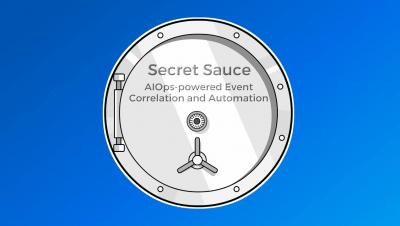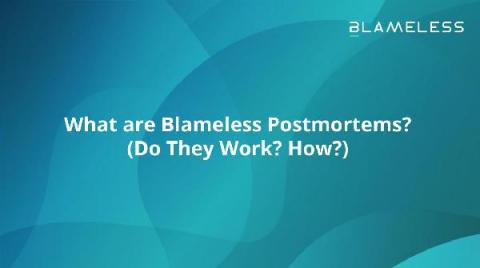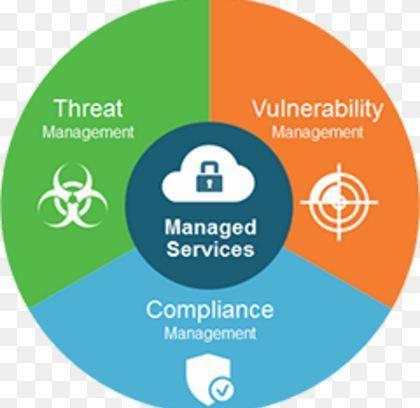Coffee Break Webinar Series: "Intelligent Observability - What the Analysts Say"
We know commitment issues are the real deal, especially when it comes to significant and costly tech investments. Understanding how the market is performing and what’s up ahead is critical for investing in AIOps. Our crew is here to help you through the challenging decision-making days and offer up the best analyst guidance.











